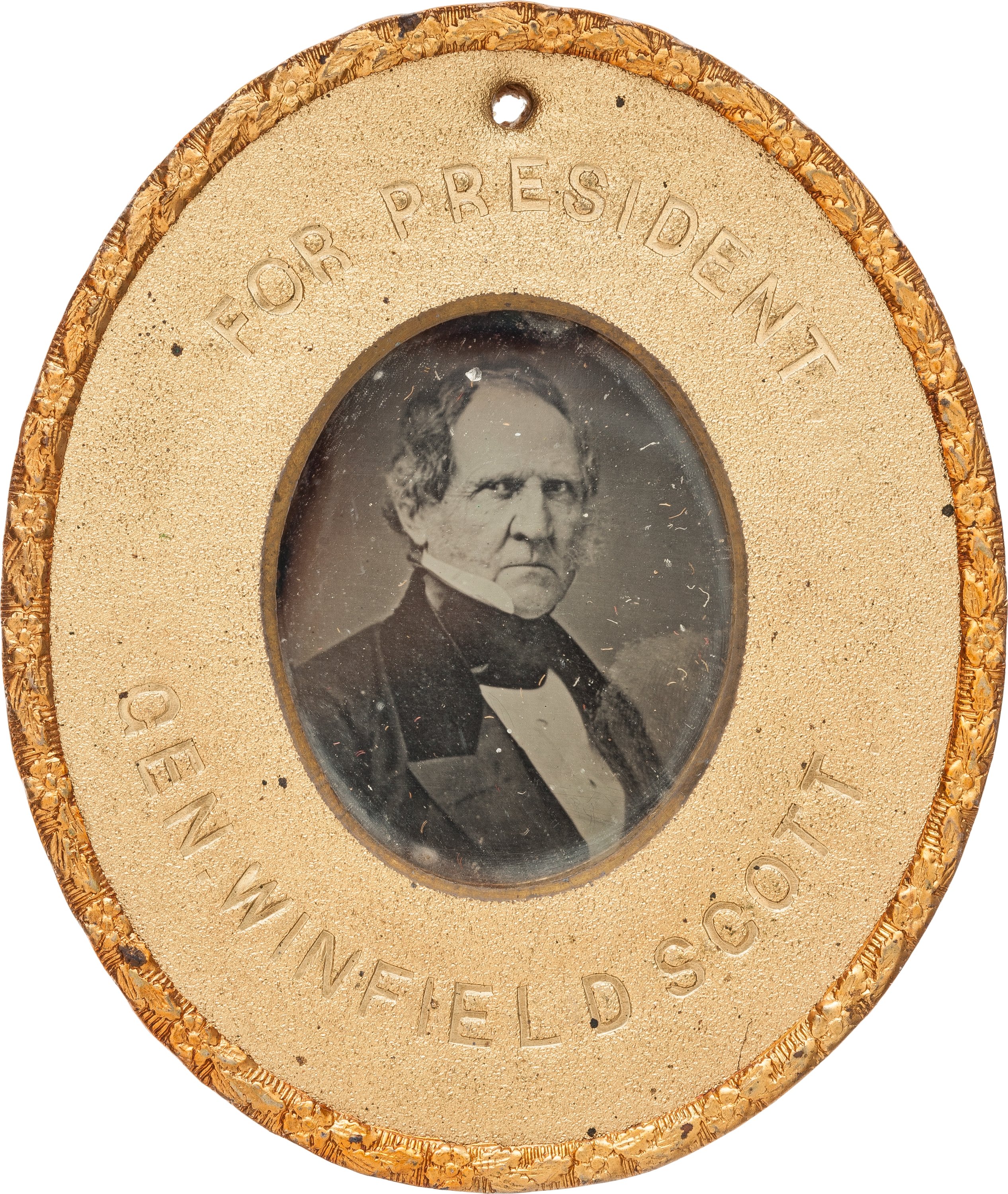
By Jim O’Neal
In 1848, the U.S. Army was firmly encamped in Mexico City waiting for orders from Washington, D.C.
General Winfield Scott’s surprise amphibious capture of Veracruz was followed by a five-month, 200-mile campaign involving bloody hand-to-hand fighting and now they were positioned to conquer the entire country.
President James Polk resisted calls to annex “all Mexico” once they had prevented the sale of California to Great Britain. On Feb. 2, 1848, the Treaty of Guadalupe Hidalgo was signed and Polk wisely got the U.S. Senate to approve it. In return for $15 million, the U.S. got a Mexican cessation that included the present day states of California, Utah, Nevada, much of Arizona and New Mexico, plus portions of Wyoming and Colorado.
With a stroke of the pen, the U.S. was now 25 percent larger in size. Added to the annexation of Texas in 1845, this constituted an area larger than the Louisiana Purchase, which had doubled the size of the nation. In a brief span of 45 years, the United States was now a remarkable four times larger.
President Polk also created the Department of the Interior to assist with the assimilation of these vast territories.
Almost from the moment of independence, an expansionist strand of American thinking had envisioned a nation growing beyond the Ohio River into an empire stretching as far as the Pacific Ocean. In 1845, newspaper editor John Sullivan famously described a “manifest destiny to overspread and to possess the whole of the continent.”
What underpinned this vision was the effectiveness of the public land survey and the federal government’s establishment of a sequence of events to guide actions. First, it acquired land by treaty, sending surveyors to map and document the land. Then it ordered federal troops to clear out and subdue any resisting natives. It subsidized the construction of railroads to facilitate western migration. And finally, it had bureaucracies to manage the process. This included the Land Office, Geological Survey, Bureau of Indian Affairs, and the Forest Service.
The process was not smooth.
Nevertheless, by the end of the 19th century, the federal government had amassed great size, power and effective control “from sea to shining sea.”
America the beautiful!
 Intelligent Collector blogger JIM O’NEAL is an avid collector and history buff. He is President and CEO of Frito-Lay International [retired] and earlier served as Chairman and CEO of PepsiCo Restaurants International [KFC Pizza Hut and Taco Bell].
Intelligent Collector blogger JIM O’NEAL is an avid collector and history buff. He is President and CEO of Frito-Lay International [retired] and earlier served as Chairman and CEO of PepsiCo Restaurants International [KFC Pizza Hut and Taco Bell].
